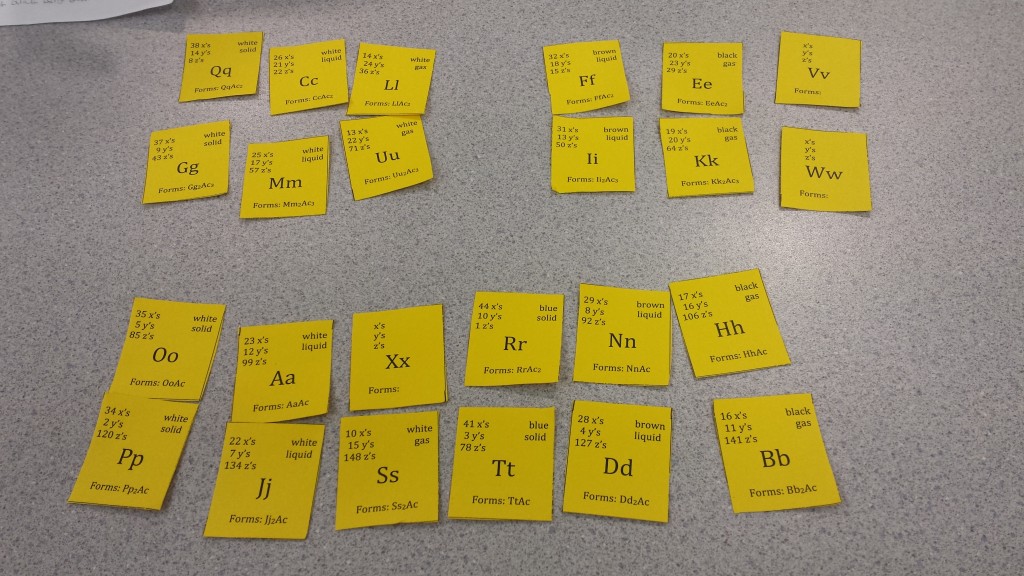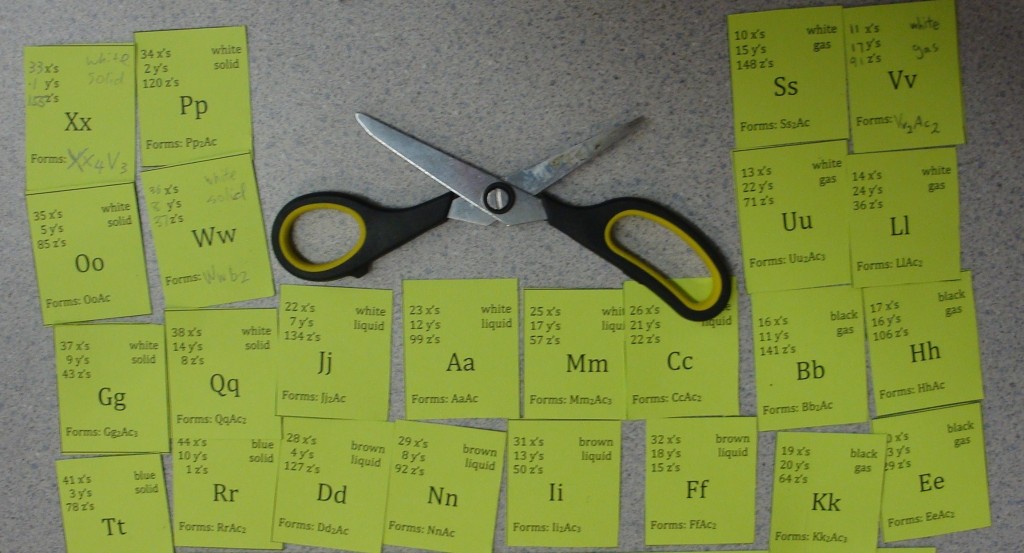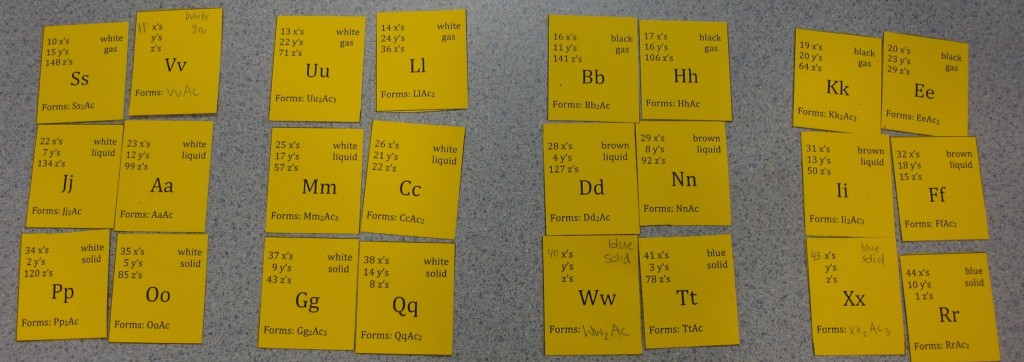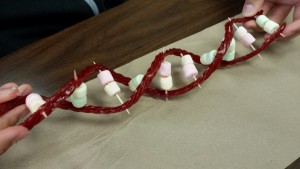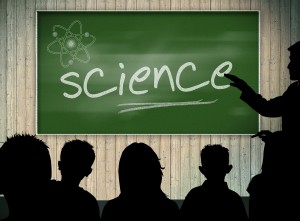 In my very biased opinion, Science can be found in everything around us. There is not much I remember from my old school days, but I can never forget the joy, the fascination, and the excitement I felt every time I went into the Science lab. I spent library sessions, breaks and lunch hours lurking in the science section of the library, scouring out books filled with facts and pictures of plants, animals, humans, whatever I could find. I knew then that I was in love, and my love affair with Science has lasted all these years.
In my very biased opinion, Science can be found in everything around us. There is not much I remember from my old school days, but I can never forget the joy, the fascination, and the excitement I felt every time I went into the Science lab. I spent library sessions, breaks and lunch hours lurking in the science section of the library, scouring out books filled with facts and pictures of plants, animals, humans, whatever I could find. I knew then that I was in love, and my love affair with Science has lasted all these years.
I realized that my passion for Science was fuelled to a very large extent by the teachers who were patient enough to answer the curious questions of a 12 year old girl, who were passionate about Science and learning themselves, who made an effort to go the extra mile to bring joy to a child, who always encouraged me to rise above my potential, and who seemed to me, in my childish ignorance and adoration, omniscient. Since I cannot go back to each one of them and return the favour, I decided to go forward and try to be to someone else what these teachers were to me once upon a time.
During my practicum, I got to teach a double-block IB Chemistry HL class, 2 sets of IB Chemistry SL classes, one BC Provincial Chemistry 11 class, one Science 10 class, and 2 sets of Science 9 classes.
In terms of topics, I taught Bonding and Energetics to the IB classes at both higher level (HL) and standard level (SL), Periodic Trends and Solution Chemistry to the Chemistry 11 class, the Physics unit of Motion to the Science 10 class, and a part of the Biology unit of Reproduction to the Science 9 class. For my IB Chemistry HL class, I had set up a class website that I updated daily with notes, worksheets, resources, and other announcements. Going forward, I would like to have a similar platform for all my classes since it was a helpful tool not only to communicate with my students, but with their parents, too. The site can be found at Class Resources.
In most of my classes, I tried to involve either an activity in which students could physically manipulate things, a demo depicting a concept or idea, a simulation with variables that can be altered, or even just visuals, to make the content more relevant and memorable. Below are some examples.
Pictures of an ion-matching activity – Chemistry 11:
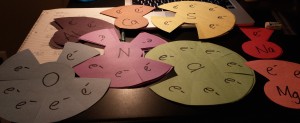
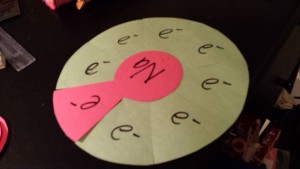
Different forms of the “Periodic Table” – Science 9:
Edible DNA models – Science 9:
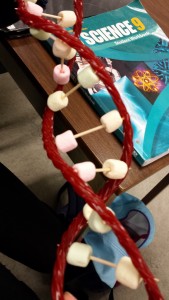 Using coloured mini marshmallows, liquorice sticks, and toothpicks.
Using coloured mini marshmallows, liquorice sticks, and toothpicks.
